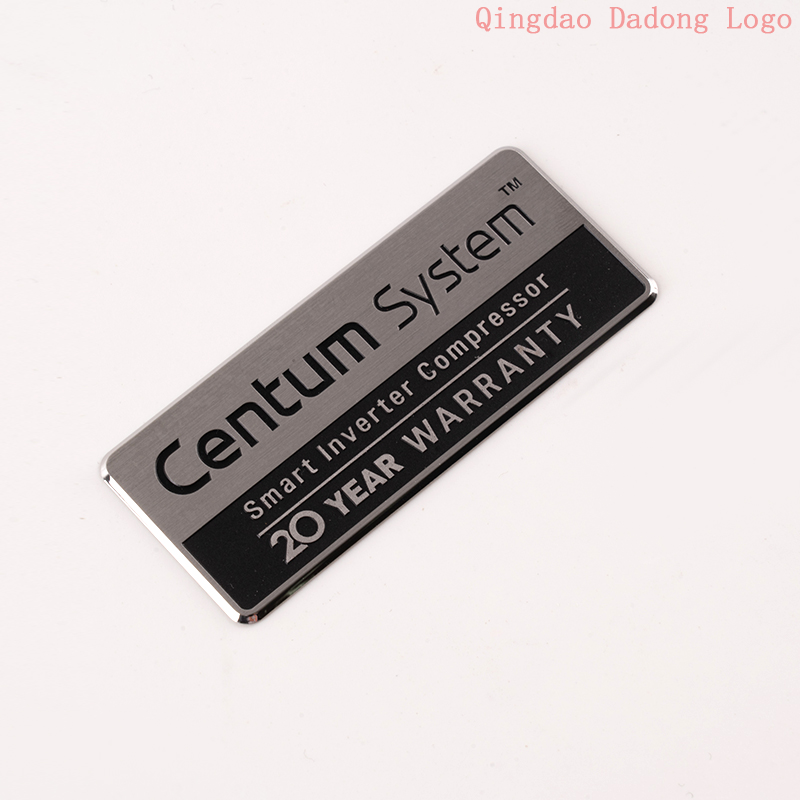NEWS
What is the optical fiber marking technology for metal nameplates?
Writer:admin Time:2023-07-26 10:53 Browse:℃
Metal nameplates, also known as metal nameplates, are commonly used to mark the manufacturer's logo, information parameters, or some commemorative patterns. Due to the outstanding performance of metal nameplates in storage, wear resistance, appearance and texture, they are widely used. The general material for metal nameplates is thin metal sheets, which are commonly used such as stainless steel, aluminum alloy, aluminum oxide, zinc alloy, iron, zinc alloy, etc.
The surface markings of metal nameplates, such as pattern drawing, company logo printing, contact information, QR code, etc., were commonly used in traditional printing methods such as silk screen and pad printing. The working principle of silk screen printing is very simple. Firstly, the pattern to be printed is carved on the steel plate, and then printed onto the surface of the nameplate through a printing screen. Transfer printing is the process of first carving a concave plate on a steel plate from a group plate that needs to be printed, and then printing it onto the surface of the product using a silicone transfer head. The printing techniques of both have their own advantages and disadvantages, but with the development of society and the increasing demand of people, the shortcomings of traditional printing techniques are becoming increasingly apparent, such as:

1. Poor wear resistance. The term 'wear resistance' here does not refer to the wear resistance of metal materials, but rather to the blurring and discoloration caused by the wear of ink on the metal surface during use.
2. Poor adaptability to harsh environments, such as water pump nameplates, air compressor nameplates, mold nameplates, and other equipment. Due to production environment issues, ordinary printing inks often come into contact with soaking, high temperature, chemical pollution, and other conditions, and cannot withstand various environmental damage.
3. Aesthetic requirements: The appearance of metal surface printing is relatively low-end, which is not suitable for some products with high appearance requirements, such as commemorative badges, metal business cards, exquisite company promotional nameplates, handicraft instruction nameplates, etc., which cannot meet their appearance requirements.
4. During the screen printing process, organic solvents and heavy metal elements are required to use chemical raw materials, which have certain toxicity and can cause personal injury to screen printing workers. In addition, during the drying process of screen printing ink, volatile chemical raw materials gradually evaporate into the air, causing pollution to the air and environment.
Advantages of Fiber Laser Marking
Compared to traditional metal nameplate surface treatment technology, the emergence of fiber optic laser marking has successfully solved a series of problems. Its characteristics lie in high marking accuracy, fast speed, and stable performance. Metal surface marking does not require ink or other media to cover the surface, and is directly marked on the surface of the metal nameplate by laser. Moreover, it only needs to be controlled by a computer, with simple operation and the ability to print various complex patterns, text, QR codes, and other content. Through these advantages, the fiber laser marking machine immediately occupied a large market share in metal surface treatment once it was launched.
CATEGORIES
LATEST NEWS
CONTACT US
WhatsApp: +8615806503075
Tel: +8615806503075
Email: percy@dadonglogo.com
Addr: 7 Tonghe Road, Pingdu, Qingdao
